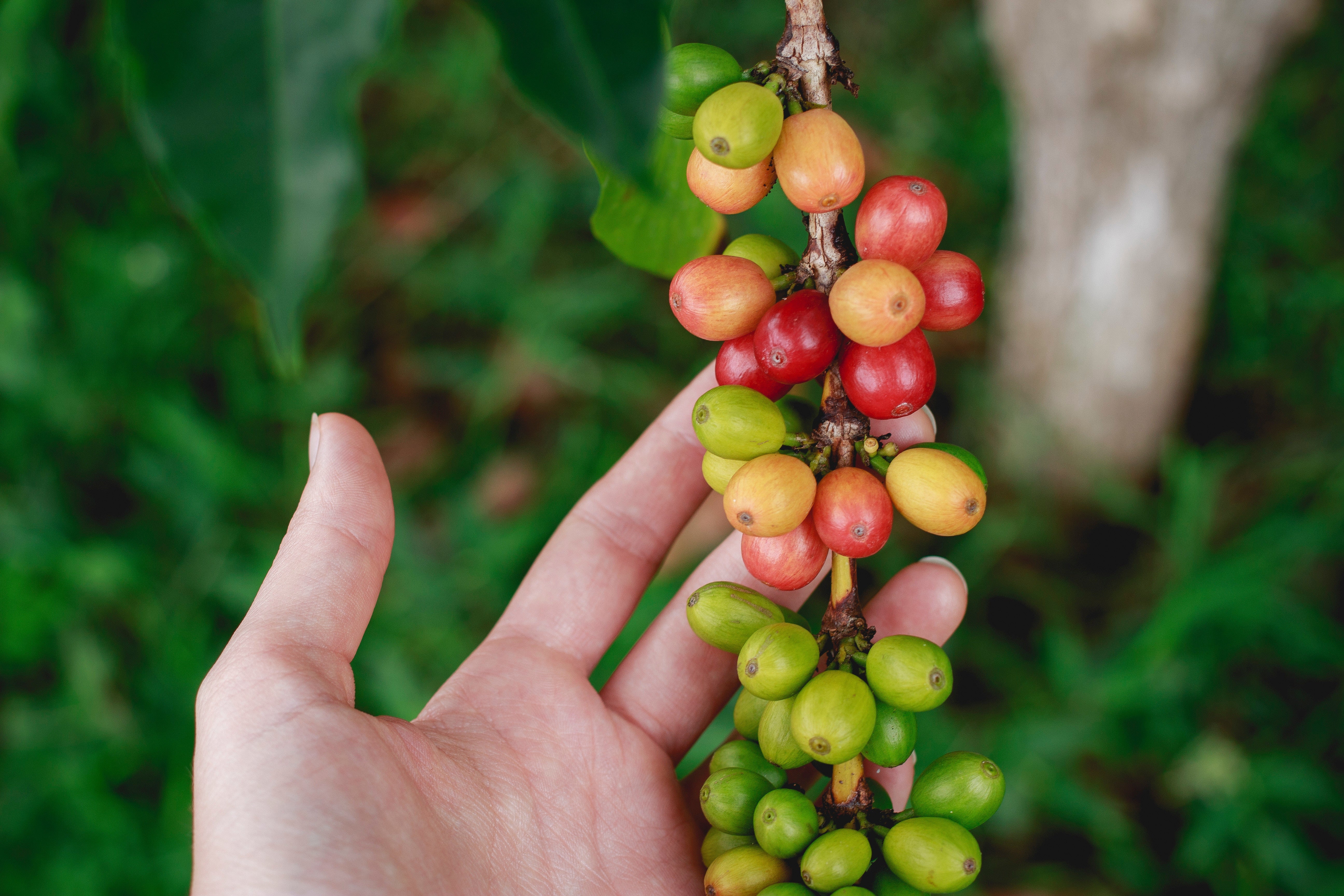Recent Post

Coffee – species and varieties
Steffen Sauer
Jun 15, 2020
-
the time to bloom
-
the caffeine levels (Robusta contains double the amount of Arabica)
-
the altitude where it is grown
-
and most importantly the taste.
Bourbon is one of the most popular varietals in the world. Also created naturally by mutation. It has numerous varieties, such as yellow, orange and red bourbon. Its coffee plants produce 20% to 30% more yield than the Typica varietal. The name comes from the French Island of Bourbon, now called Reunion, in the Indian Ocean. It is planted and used widely in Brazil, but currently is also being used actively in Central America. Bourbons are known for their fruity characteristics and bright acidity like wine.
Caturra is a mutation of Bourbon, its beans are famous for their crisp acidity and smooth body. It was first found in the town of Caturra in Brazil. It produces a higher yield than its father, mainly due to the fact the plant is shorter. (you can plant it closer together and picking is easier). It is also more disease resistant than older traditional varietals. Lower sweetness and clarity but more citric acidity like lemon and lime notes. Originally cultivated in Brazil, then moved to Costa Rica, Colombia and Nicaragua.
Catimor is a cross between Timor coffee and Caturra. This varietal has a high sour acidity, making it taste a little salty or stringent, and is known more for its resistance and production yield than its Quality.
Catuai is high yielding varietal that resulted in a cross between Mundo Novo and Caturra. The fruit does not fall from the plant easily, making it favorable for areas where you can experience high winds or rain. Catuai delivers a high sweet cup, but this varietal is more renowned for its resistance, than its Quality.
SL28 was created scientists employed by the Kenyan Government in the 1930s. Their goal was to create varietals with great efficiency and high quality. Although the first goal has not been quite achieved, the quality of those coffees is top shelf. Vivid, intense acidity, sweetness and a complex profile have been enjoying unflagging popularity thanks to which coffees from Kenya have a special place on the market.
Pacamara: A cup of Pacamara is known for its notes of citrus and flowers usually great balanced. The highest quality usually goes hand in hand with the highest altitude of crops.
SL34 was also created by laboratory experiments in Kenya. It differs from the previous one in terms of higher body and a slightly different flavor profile.
Ethiopian heirloom is a blend of different varietals, typical for Ethiopia. Due to the system of coffee production in this country, it is difficult to obtain beans of a single botanical variety, almost always they are blends of different varieties that belong to the specific terroir.
Geisha vs Gesha: varietal has become an indicator of the highest quality. Incredibly complex, full of tropical fruit and citrus notes, floral accents or plums and chocolate. The coffee of this varietal grown in Panama achieves record prices due to the unique cup profile showing high traits of jasmine and vanilla.

Funny side story – while educating myself about the varieties I found two ways of spelling it, so I investigated further, this is what I found:
It was introduced to Panama in the early 1960’s as Geisha 2722 from CATIE (Centro Agronómico Tropical de Investigación y Enseñanza) in Costa Rica. From Tanzania it was introduced to Costa Rica known as Geisha VC-496. To Tanzania it was introduced from Kenya. In a letter from 1936 it was mentioned as a variety near “Mount Geisha” so you should think Geisha is the correct way of spelling. The truth is that the spelling in the letter was incorrect as you can see on the map
More to find here: geshavillage.com



